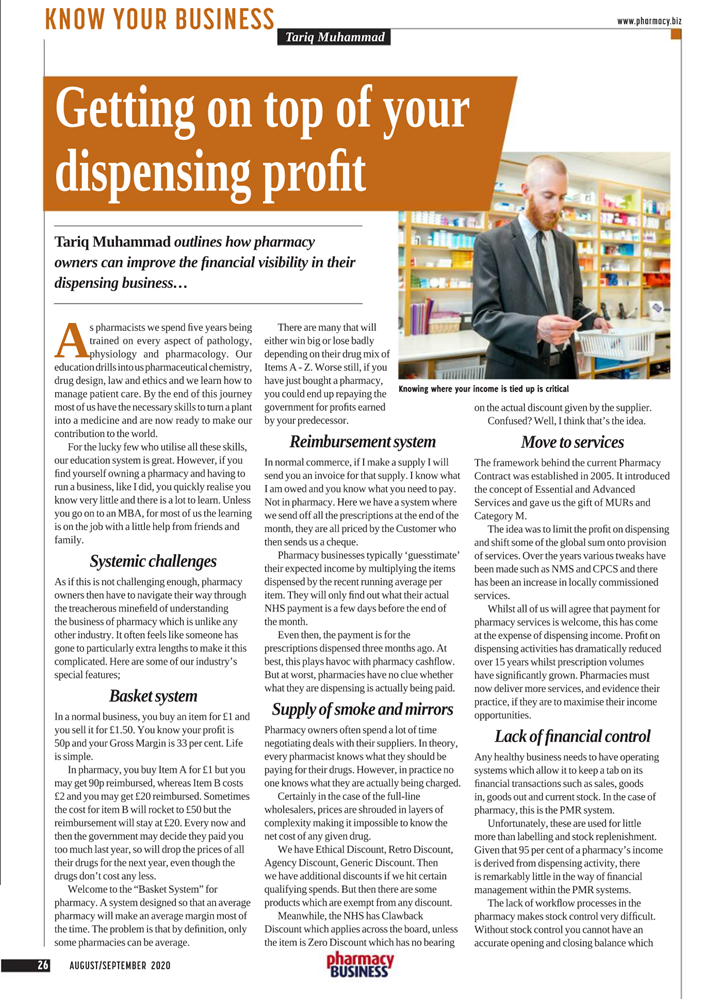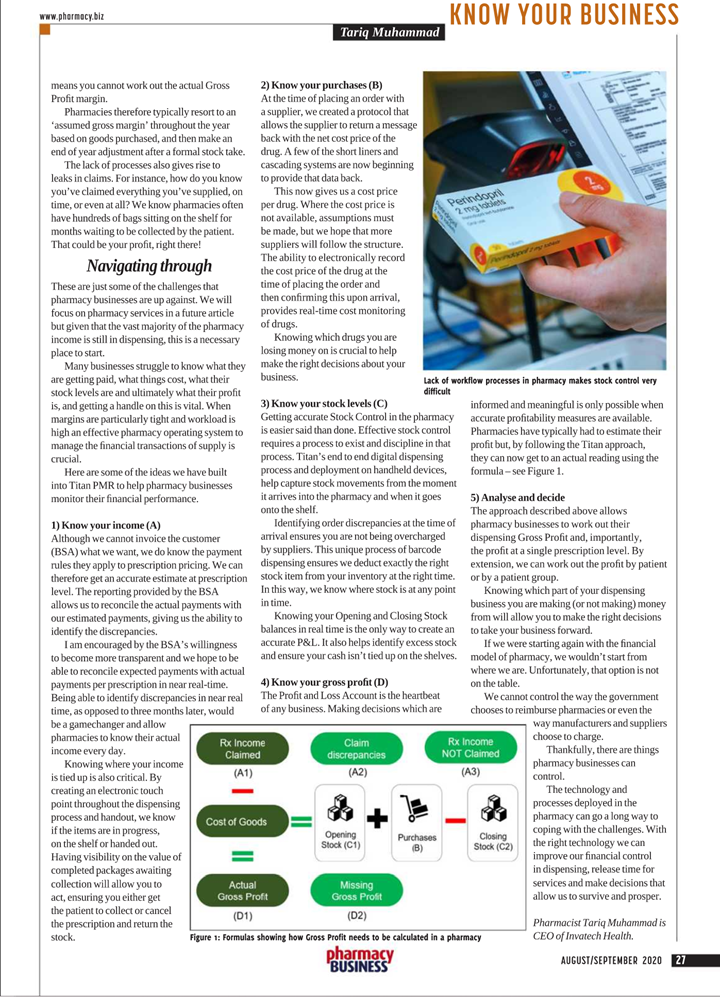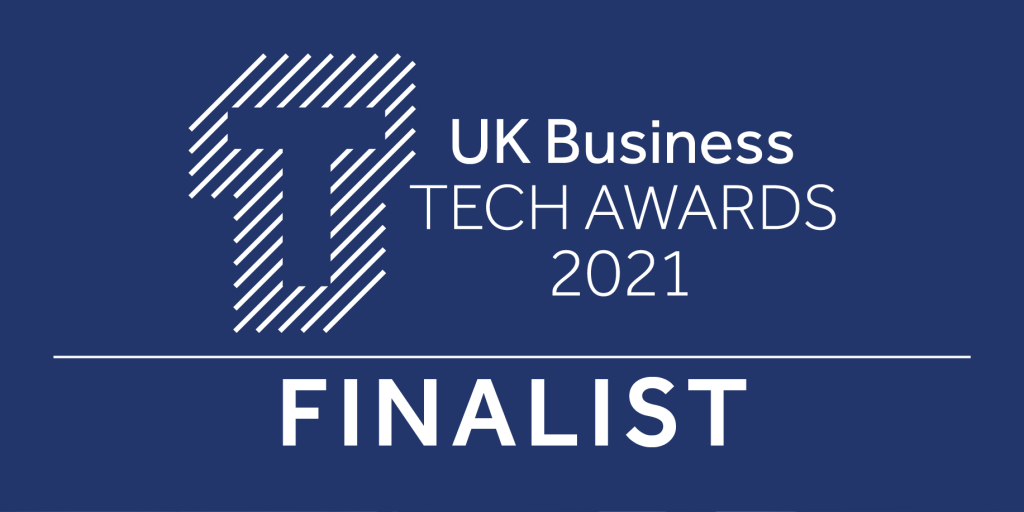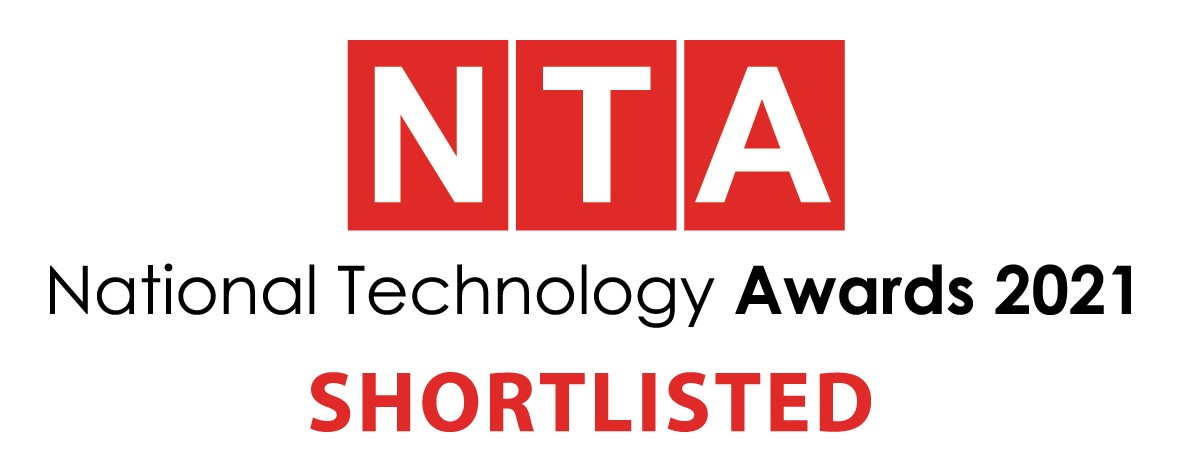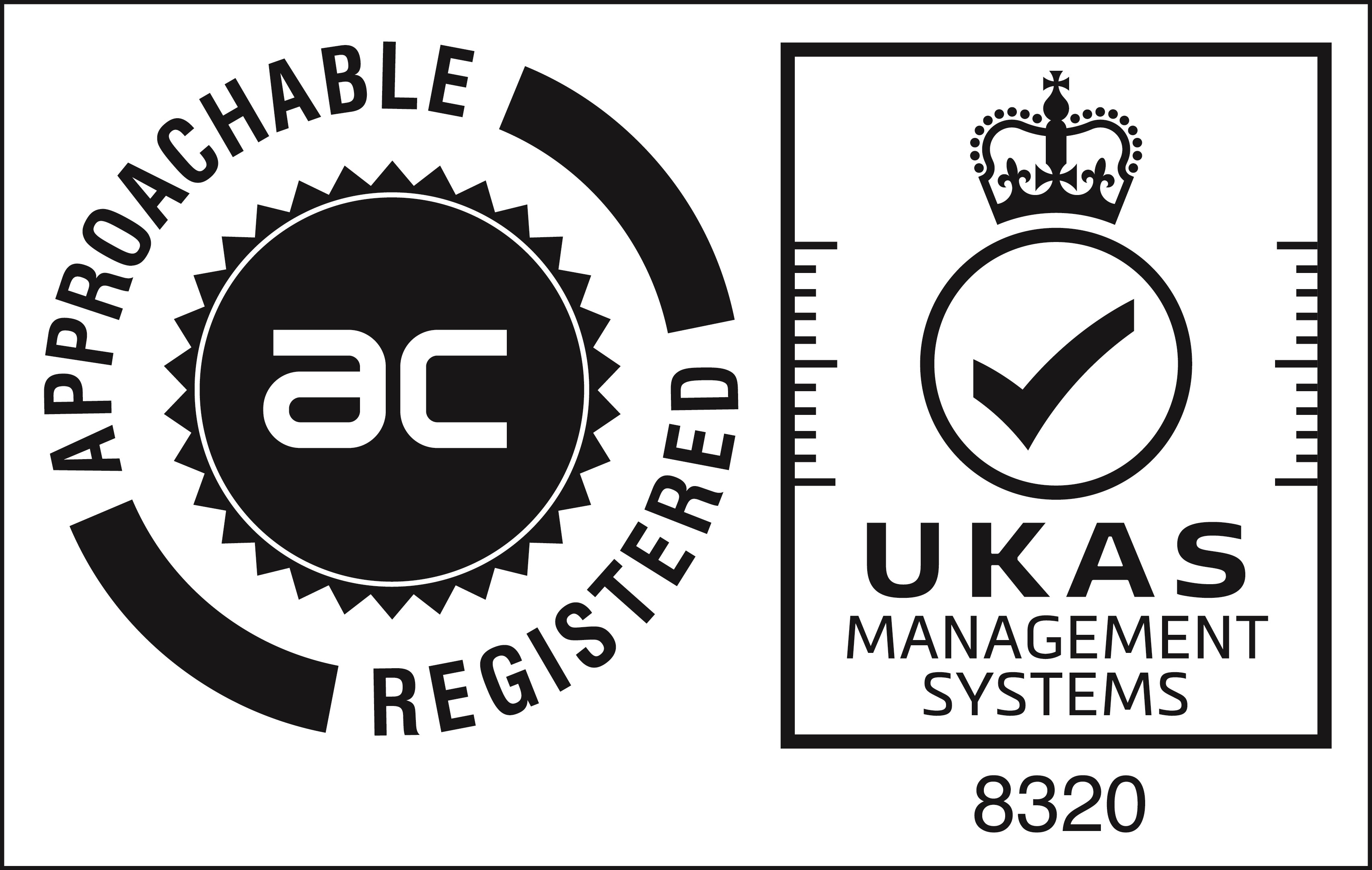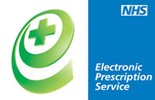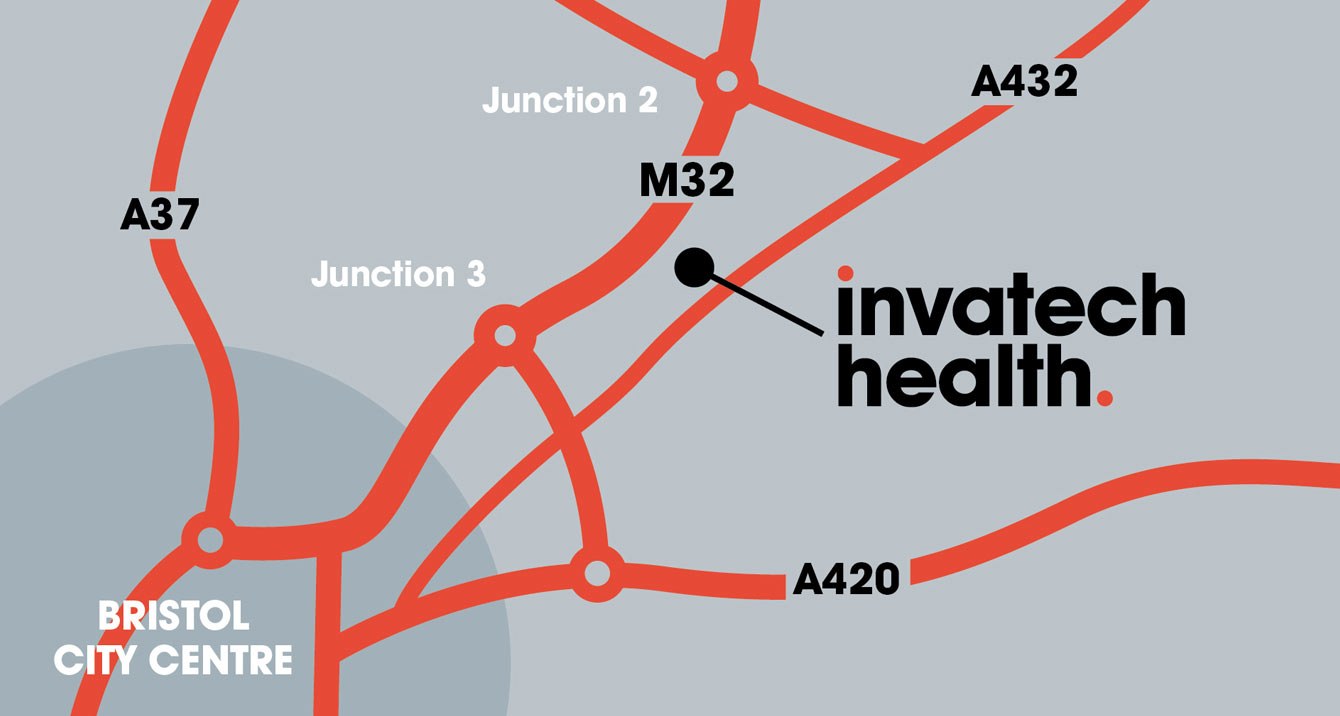Getting A Grip On Pharmacy Finances
As pharmacists we spend 5 years being trained on every aspect of pathology, physiology and pharmacology. Our education drills into us pharmaceutical chemistry, drug design, law and ethics and we learn how to advance patient health. By the end of this ordeal most of us have the necessary skills to turn a plant into a medicine and are now ready to make our contribution to the world.
For the lucky few who utilise all these skills, our education system is fantastic. However, if, like me, you find yourself owning a pharmacy and having to work out how the run a business, you quickly realise you are at ground zero and the learning curve is steep. I was fortunate to have been exposed to basic business concepts at an early age from working in my father’s business. I suspect most pharmacy owners will also cite friends and family as their source of business training.
As if this is not hard enough, pharmacists then have to navigate their way through the treacherous minefield of understanding pharmacy business which is unlike any other industry. If often feels like someone has gone to extra lengths to make it particularly hard and complicated. Here are some of our industries special features;
SYSTEMIC CHALLENGES
The Basket System
In a normal business selling say, groceries, you buy an item for £1 and you sell it for £1.50. You know your profit is 50p and your Gross Margin is 33%. Life is simple.
In pharmacy, you buy item A for £1 but you may get 90p reimbursement, whereas another item B you buy for £2 and you may get £20 reimbursement. Sometimes the cost for item B will rocket to £50 but the reimbursement will stay at £20. Every now and then the government may realise they paid you too much last year, so will drop the prices of all their drugs for the next year, even though the drugs don’t cost any less.
Welcome to the “Basket System” for pharmacy. As system designed such that an average pharmacy will make an average margin most of the time. The problem is that by definition, only some pharmacies can be average. There are many that will either significantly benefit or significantly lose out depending on their drug mix of Items A & B. Equally, if you have just bought a pharmacy, you could end up repaying the government for profits earnt by your predecessor.
The Reimbursement System
In normal commerce, if I make a supply I will send you an invoice for that supply. I know what I am owed and you know what you need to pay. Not in pharmacy. Here we have a system where we send off all the prescriptions at the end of the month, they are all priced by the BSA and a cheque is sent.
Pharmacy businesses do not know what their exact payment will be until they get paid. In fact the typical measure to work out the expected reimbursement is to multiply the items dispensed by the recent running average per item. Pharmacies will only find out what their actual NHS payment is a few days before the end of the month. Even then, the payment is for the prescriptions dispensed 3 months ago. At best, this plays havoc with the cashflow of most pharmacies. But at worst, pharmacies have no clue whether what they are dispensing is actually being paid.
The Supply of Smoke and Mirrors
Pharmacy owners often spend a lot of time negotiating their prices with their suppliers. In theory, every pharmacy knows what they should be paying for their drugs. However, in practice no one knows what they are actually being charged. Certainly in the case of the full-line wholesalers, prices are shrouded in layers of complexity making it impossible to know the net cost price of any given drug.
We have Ethical Discount, Retro Discount, Category Discount, Generic Discount. Then we have additional discounts if we hit certain qualifying spends. But there are some products which are exempt from any discount. Meanwhile, the NHS has a Clawback Discount which applies across the board, unless the item is Zero Discount which has no bearing on the actual discount given by the supplier.
If this isn’t smoke and mirrors designed to confuse, I don’t know what is!
Financial Control
Any healthy business needs to have operating systems which allow it to keep a tab on its financial transactions such sales, goods in, goods out and current stock. In the case of pharmacy, this is the PMR system but unfortunately, these are used for little more than labelling and stock replenishment. Given that 95% of a pharmacy’s income is derived from dispensing activity, there is remarkably little in the way of financial management within the PMR systems.
The lack of workflow processes in the pharmacy makes stock control very difficult. Without stock control you cannot have an accurate opening and closing balance which means you cannot work out the actual Gross Profit margin. Pharmacies therefore typically resort to an ‘assumed gross margin’ throughout the year and then make an end of year adjustment after a formal stock take.
NAVIGATING THROUGH
The above are just some of the challenges that pharmacy businesses are up against. Many businesses will struggle to know what they are getting paid, what things cost, what their stock levels are and ultimately what their profit is. When running a business in this day and age, where margins are particularly tight, this situation is unsustainable.
Pharmacies need to consider their operating systems and establish processes that give better visibility on the financial health of the business. Here I explain what we have tried to do in Titan in order to achieve this objective.
- 1) Know your income (A)
Although we cannot invoice the customer (BSA) what we want, we do know the payment rules they apply to prescription pricing. We can therefore get an accurate estimate at prescription level. The reporting provided by the BSA allows us to reconcile the actual payments with our estimated payments, giving us the ability to identify the discrepancies. I am encouraged by the BSA’s willingness to become more transparent and we hope to be able to reconcile expected payments with actual payments per prescription in near real-time. Being able to identify discrepancies in near realtime as opposed to 3 months later would be a gamechanger and allow pharmacies to know their actual income at the end of each day.
- 2) Know your Purchases (B)
At the time of placing an order with a supplier on Titan, we have created a structure that allows the supplier to return a message back with the net cost price of the drug. A few of the short liners and cascading systems are now beginning to provide that data back. This now gives us cost price per drug. Where the cost price is not available, assumptions must be made, but we hope that more suppliers will follow the structure. The ability to electronically record the cost price of the drug at the time of placing the order and then confirming this upon arrival, provides real-time cost monitoring of drugs.
- 3) Know your Stock Levels (C)
Getting accurate Stock Control in the pharmacy is easier said than done. The nature of pharmacy business with things like split packs makes it harder than other businesses. Effective stock control requires discipline in the process. We need to know when stock arrives, when it goes on the shelf, when it gets labelled, when it gets claimed. Unless every one of these steps is electronically managed, it can create variations in the realtime current stock value. Titan’s deployment on handheld devices ensures we accurately capture stock the moment it arrives into the pharmacy, and the process of dispensing with barcodes means we know exactly when it has left your inventory. Reports can then provide Opening and Closing Stock balances.
- 4) Know your Gross Profit (D)
The Profit and Loss Account is the heartbeat of any business and only with an accurate reading, can you can make decisions which are informed and meaningful. Whereas, pharmacies have had to estimate this, by following the above approach we can now get to an actual reading;
- 5) Analyse and Decide
The approach described above in Titan allows you to work out, not only the total Gross Profit for the pharmacy, but the profit at a single prescription level. By extension we can work out the profit by patient or by a customer group. Knowing which part of your business you are making money or not making money will ultimately allow you to make the right decisions to take your business forward.
If we were designing a new remuneration model for pharmacy, we would not choose to have the one the we currently have. Unfortunately, we cannot change the way the government chooses to reimburse pharmacies or even the way manufacturers and suppliers choose to charge. However, we can choose to change the way we run the pharmacy business, improve our financial control and make decisions that allow us to prosper.

